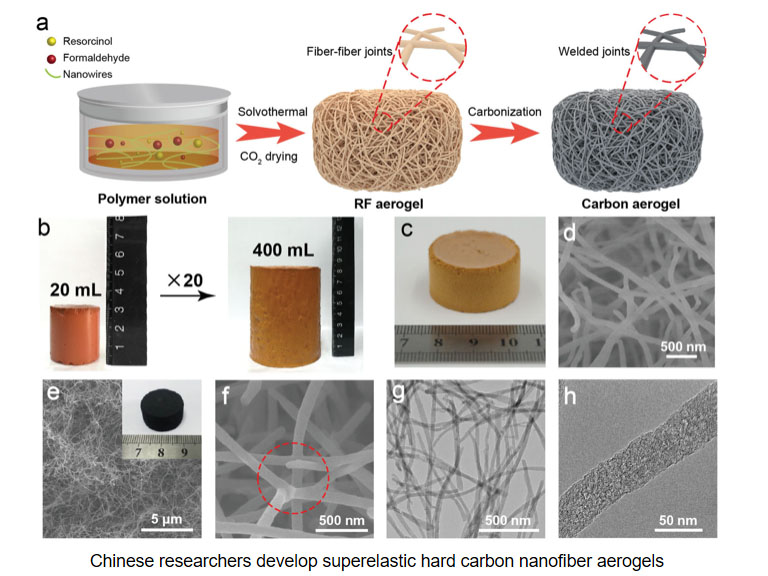
-
 Afrikaans
Afrikaans -
 Albanian
Albanian -
 Amharic
Amharic -
 Arabic
Arabic -
 Armenian
Armenian -
 Azerbaijani
Azerbaijani -
 Basque
Basque -
 Belarusian
Belarusian -
 Bengali
Bengali -
 Bosnian
Bosnian -
 Bulgarian
Bulgarian -
 Catalan
Catalan -
 Cebuano
Cebuano -
 China
China -
 China (Taiwan)
China (Taiwan) -
 Corsican
Corsican -
 Croatian
Croatian -
 Czech
Czech -
 Danish
Danish -
 Dutch
Dutch -
 English
English -
 Esperanto
Esperanto -
 Estonian
Estonian -
 Finnish
Finnish -
 French
French -
 Frisian
Frisian -
 Galician
Galician -
 Georgian
Georgian -
 German
German -
 Greek
Greek -
 Gujarati
Gujarati -
 Haitian Creole
Haitian Creole -
 hausa
hausa -
 hawaiian
hawaiian -
 Hebrew
Hebrew -
 Hindi
Hindi -
 Miao
Miao -
 Hungarian
Hungarian -
 Icelandic
Icelandic -
 igbo
igbo -
 Indonesian
Indonesian -
 irish
irish -
 Italian
Italian -
 Japanese
Japanese -
 Javanese
Javanese -
 Kannada
Kannada -
 kazakh
kazakh -
 Khmer
Khmer -
 Rwandese
Rwandese -
 Korean
Korean -
 Kurdish
Kurdish -
 Kyrgyz
Kyrgyz -
 Lao
Lao -
 Latin
Latin -
 Latvian
Latvian -
 Lithuanian
Lithuanian -
 Luxembourgish
Luxembourgish -
 Macedonian
Macedonian -
 Malgashi
Malgashi -
 Malay
Malay -
 Malayalam
Malayalam -
 Maltese
Maltese -
 Maori
Maori -
 Marathi
Marathi -
 Mongolian
Mongolian -
 Myanmar
Myanmar -
 Nepali
Nepali -
 Norwegian
Norwegian -
 Norwegian
Norwegian -
 Occitan
Occitan -
 Pashto
Pashto -
 Persian
Persian -
 Polish
Polish -
 Portuguese
Portuguese -
 Punjabi
Punjabi -
 Romanian
Romanian -
 Russian
Russian -
 Samoan
Samoan -
 Scottish Gaelic
Scottish Gaelic -
 Serbian
Serbian -
 Sesotho
Sesotho -
 Shona
Shona -
 Sindhi
Sindhi -
 Sinhala
Sinhala -
 Slovak
Slovak -
 Slovenian
Slovenian -
 Somali
Somali -
 Spanish
Spanish -
 Sundanese
Sundanese -
 Swahili
Swahili -
 Swedish
Swedish -
 Tagalog
Tagalog -
 Tajik
Tajik -
 Tamil
Tamil -
 Tatar
Tatar -
 Telugu
Telugu -
 Thai
Thai -
 Turkish
Turkish -
 Turkmen
Turkmen -
 Ukrainian
Ukrainian -
 Urdu
Urdu -
 Uighur
Uighur -
 Uzbek
Uzbek -
 Vietnamese
Vietnamese -
 Welsh
Welsh -
 Bantu
Bantu -
 Yiddish
Yiddish -
 Yoruba
Yoruba -
 Zulu
Zulu
chemical products for frp applications a comprehensive guide
A Comprehensive Guide to Chemical Products for FRP Applications
Fiber Reinforced Polymer (FRP) composites have gained significant traction across various industries due to their superior properties, including high strength-to-weight ratios, corrosion resistance, and versatility. As a result, the chemical products utilized in FRP applications play a crucial role in optimizing performance and ensuring longevity. This article aims to outline the essential chemical products involved in FRP manufacturing and their respective roles.
1. Resins The Backbone of FRP Composites
Resins are the primary components used in FRP applications, acting as the matrix that binds the fibers together. The most common types of resins include
- Polyester Resins These are often used for their cost-effectiveness and good mechanical properties. Isophthalic polyester and orthophthalic polyester resins are prevalent due to their ease of use and versatility in various applications. - Vinyl Ester Resins Known for their superior chemical resistance and thermal stability, vinyl ester resins are ideal for harsh environments. They are often employed in applications where durability is critical.
- Epoxy Resins While more expensive, epoxy resins offer excellent adhesion, mechanical properties, and resistance to environmental degradation. They are perfect for high-performance applications in aerospace and automotive industries.
2. Reinforcement Materials
The performance of FRP composites is significantly influenced by the type and quality of reinforcement materials employed. Common reinforcement materials include
- Glass Fibers Widely used for their cost-effectiveness and good strength characteristics. Glass fibers can be combined with various resins to produce a range of mechanical properties.
- Carbon Fibers Known for their exceptional strength and stiffness, carbon fibers are favored in high-performance applications despite being more expensive than glass fibers. They are used extensively in aerospace, automotive, and sporting goods.
- Aramid Fibers Famous for their impact resistance and energy absorption properties, aramid fibers are used in applications requiring high toughness.
chemical products for frp applications a comprehensive guide

Additives and fillers enhance the performance and processing of FRP composites. Some common products include
- Curing Agents These are critical for the polymerization process, enabling the resin to harden appropriately. Depending on the type of resin, different curing agents such as methyl ethyl ketone peroxide (MEKP) or amines can be utilized.
- Accelerators and Inhibitors To control the curing rate, accelerators (like cobalt salts) and inhibitors (like benzoquinone) are added, ensuring that the resin does not cure prematurely.
- Fillers Fillers, including talc, calcium carbonate, and silica, are used to improve mechanical properties, reduce costs, and modify the viscosity of the resin.
4. Coatings and Surface Treatments
To enhance the durability and aesthetics of FRP products, specialized coatings and surface treatments are often applied. These include
- Gel Coats Used primarily for cosmetic purposes, gel coats provide a smooth finish and protect the underlying composite from UV radiation and environmental degradation.
- Anti-corrosive Coatings In applications exposed to harsh environments, anti-corrosive coatings are essential for longevity and performance.
Conclusion
Overall, the selection of appropriate chemical products for FRP applications significantly influences the performance and lifespan of composites. By understanding the roles of resins, reinforcement materials, additives, and surface treatments, manufacturers can optimize their FRP composites for a wide range of applications. With continuous advancements in chemical formulations, the future of FRP technology looks promising, paving the way for even more innovative applications in various industries.









